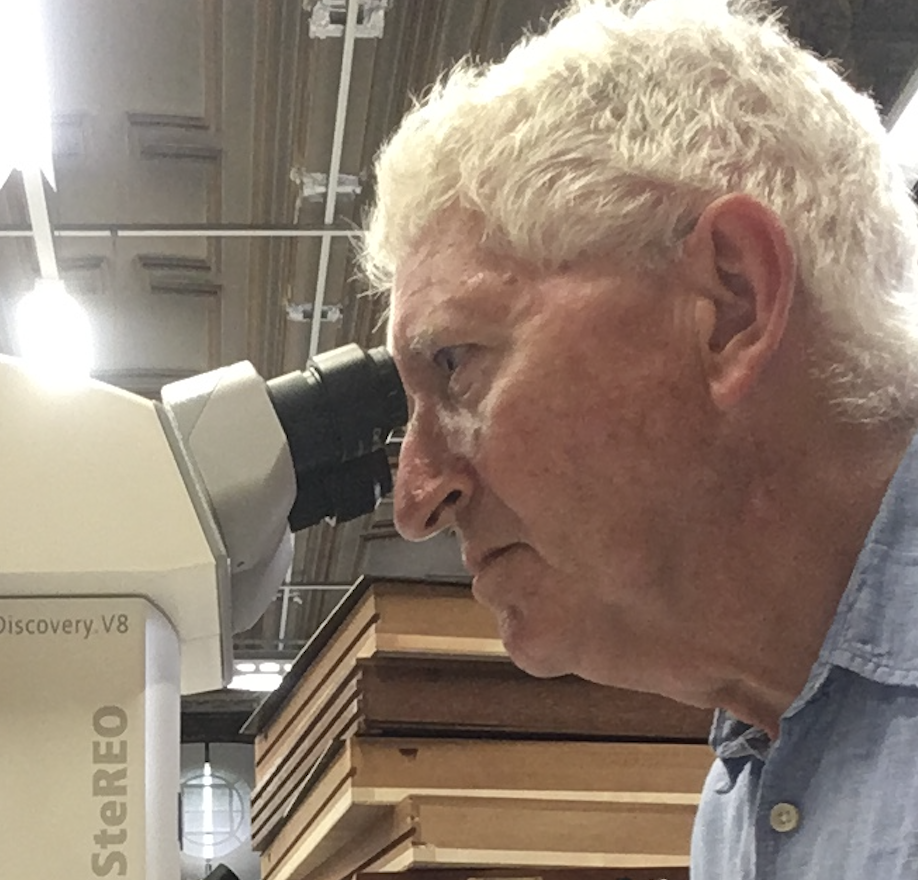Fossil evidence exists of giant prehistoric insects. Dragonfly-like creatures Meganeura monyi and Meganeuropsis permiana flew on wings 75cm across during the Permian (299–252 million years ago) and Carboniferous (359–299 MYA).
Various theories can explain the supersizing. First, that higher oxygen levels in the atmosphere (30 per cent then versus 20 per cent now) allowed the insects’ energy needs to be met, even though gas exchange was limited along narrow breathing tubes by passive diffusion.
Second, that oxygen is toxic at high concentrations (especially to aquatic larvae), so growing larger diluted the effects of the gas. And third, that insects were at the top of the airborne food-chain in a time before birds. Lacking any serious predators, they grew large, just like wetas in predator-free New Zealand, elephant birds on Madagascar and tortoises on the Galápagos.
Main image: Computer artwork of giant Meganeura resting on a log in a forest, during the Carboniferous period. © Mark Garlick/Getty Images
